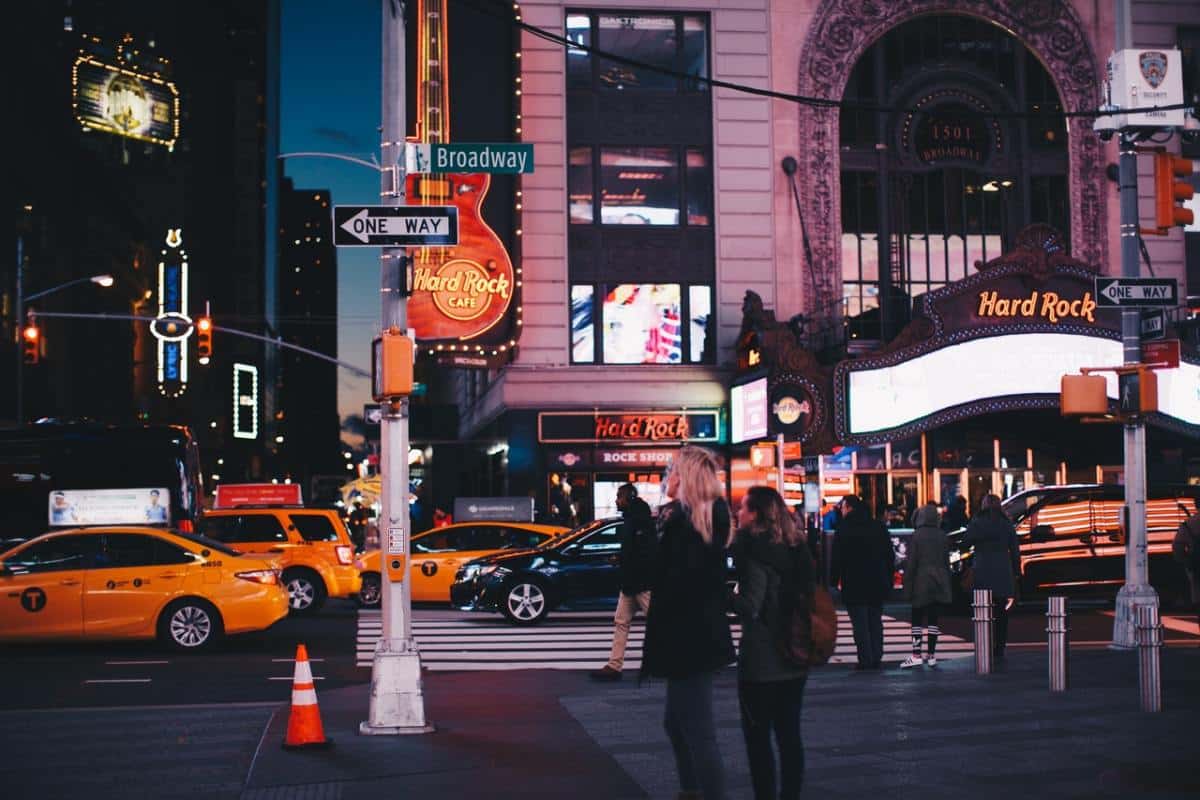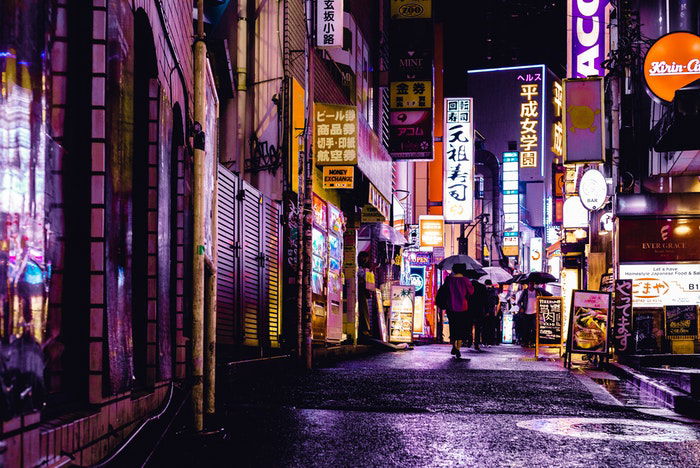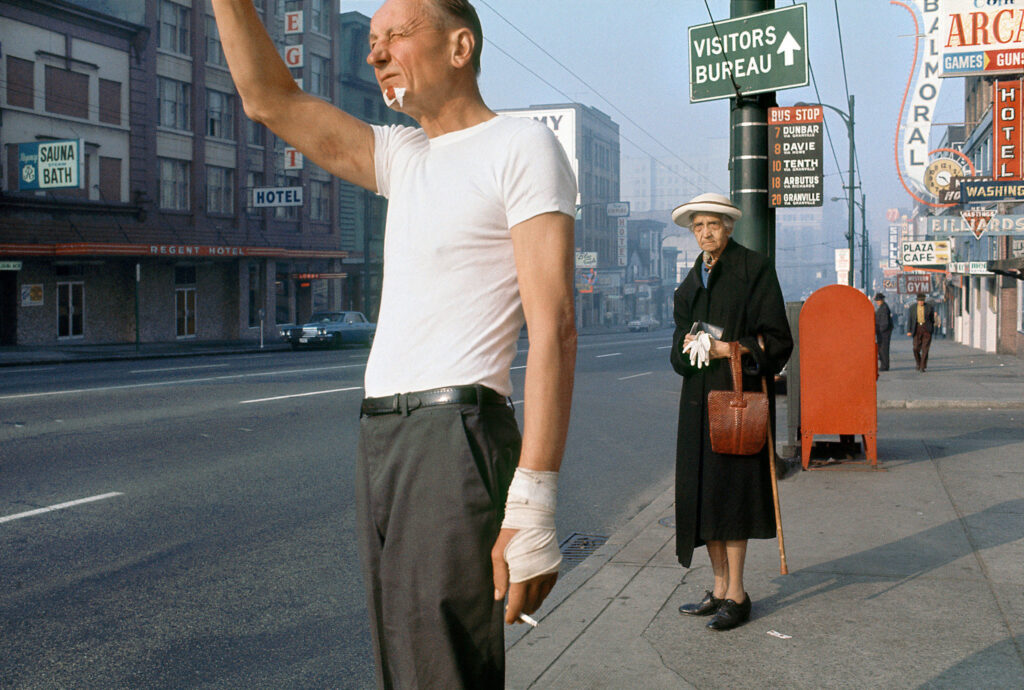Getting My Street Photographers To Work
Getting My Street Photographers To Work
Blog Article
Street Photographers Fundamentals Explained
Table of ContentsSome Of Street PhotographersGet This Report on Street PhotographersStreet Photographers - An OverviewNot known Factual Statements About Street Photographers Street Photographers Fundamentals Explained
, a style of digital photography that records daily life in a public location. The very publicness of the setup makes it possible for the professional photographer to take candid pictures of strangers, frequently without their knowledge. Street digital photographers do not necessarily have a social objective in mind, yet they choose to separate and capture moments which might otherwise go unnoticed.He was influenced by several of those who influenced the road professional photographers of the 1950s and '60s, he was not primarily interested in recording the spirit of the road. The impulse to visually record people in public began with 19th-century painters such as Edgar Degas, douard Manet, and Henri de Toulouse-Lautrec, who functioned side by side with photographers trying to record the essence of metropolitan life.

Offered the great top quality of his pictures and the breadth of product, designers and musicians typically bought Atget's prints to make use of as reference for their own work, though industrial rate of interests were hardly his primary motivation. Rather, he was driven to photo every last residue of the Paris he enjoyed.
The Definitive Guide to Street Photographers
They expose the city through his eyes. His job and essential understanding of photography as an art form acted as motivation to generations of digital photographers that complied with. The future generation of street photographers, though they likely did not describe themselves because of this, was ushered in by the photojournalism of Hungarian-born professional photographer Andr Kertsz.
Unlike his peers, Brassa used a larger-format Voigtlnder electronic camera with a much longer exposure time, requiring him to be more computed and thoughtful in his practice than he might have been if making use of a Leica. (It is believed that he might not have been able to manage a Leica during that time, but he did, nonetheless, use one in the late 1950s to take colour photographs.) Brassa's photos of the Paris abyss lit up by artificial light were a revelation, and the collection of the series that he released, (1933 ), was a major success.
Cartier-Bresson was a champion of the Leica video camera and among the first digital photographers to maximize its abilities. The Leica permitted the photographer to engage with the environments and to capture moments as they took place - Street Photographers. Its relatively little dimension likewise assisted the professional photographer discolor right into the background, which was Cartier-Bresson's favored approach
The Facts About Street Photographers Uncovered
It is due to this fundamental understanding of the art of picture taking that he is frequently credited with rediscovering the medium throughout once more approximately a century given that its invention. He took pictures for greater than a half century and influenced generations of professional photographers to trust their eye and intuition in the moment.
These are the questions I will try to respond to: And then I'll leave you with my own definition of road digital photography. Yes, we do. Let's begin with defining what a meaning is: According to it from this source is: "The act of specifying, or of making something definite, distinct, or clear".
No, certainly not. The term is both restricting and misdirecting. Seems like a road photography should be images of a streets best?! And all street photographers, besides a handful of absolute newbies, will fully appreciate that a street is not the vital element to road photography, and actually if it's a photo of a road with maybe a couple of uninteresting people not doing anything of rate of interest, that's not street photography that's a photo of a street.
He makes a legitimate point don't you assume? While I agree with him I'm not sure "candid public photography" will capture on (although I do kind of like the term "candid digital photography") because "road photography" has actually been around for a long time, with numerous masters' names attached to it, so I believe the term is below to stay.
Street Photographers Fundamentals Explained
Inside?! I hear you shout as you tremble your clenched fist to the sky. Why not? You can contend the beach, at a celebration, in an alley, in a park, blog here in a piazza, in a cafe, at a gallery or art gallery, in a city terminal, at an occasion, on a bridge, under a bridge ...

Street Photographers for Beginners

Report this page